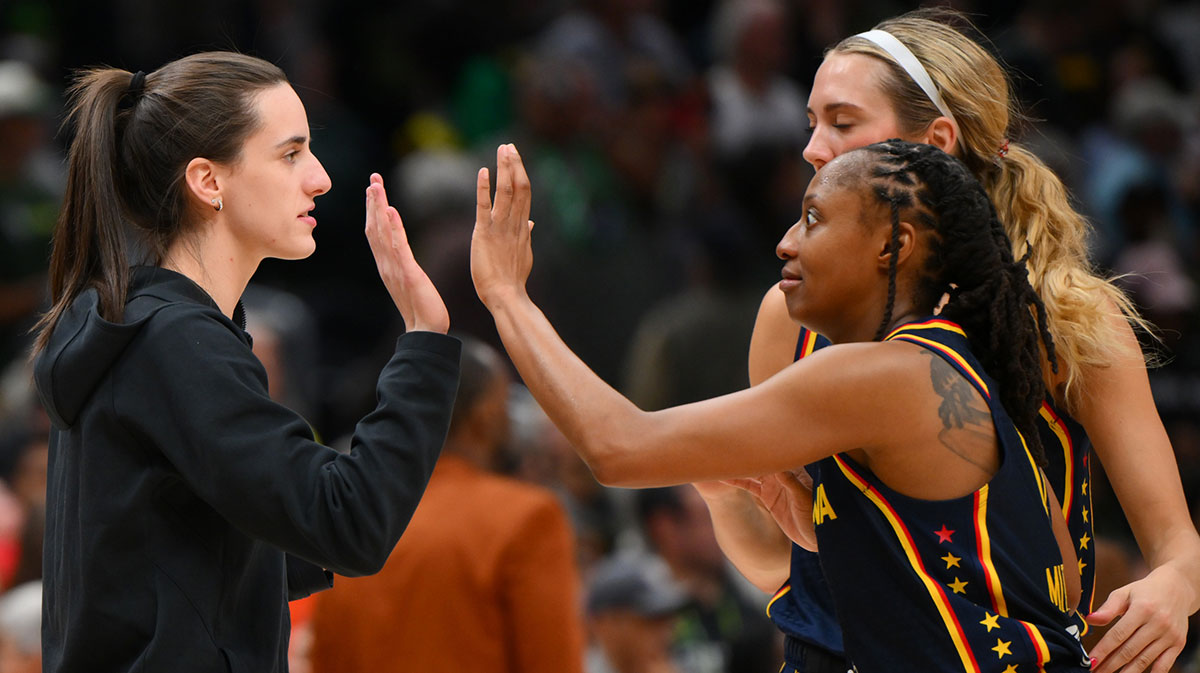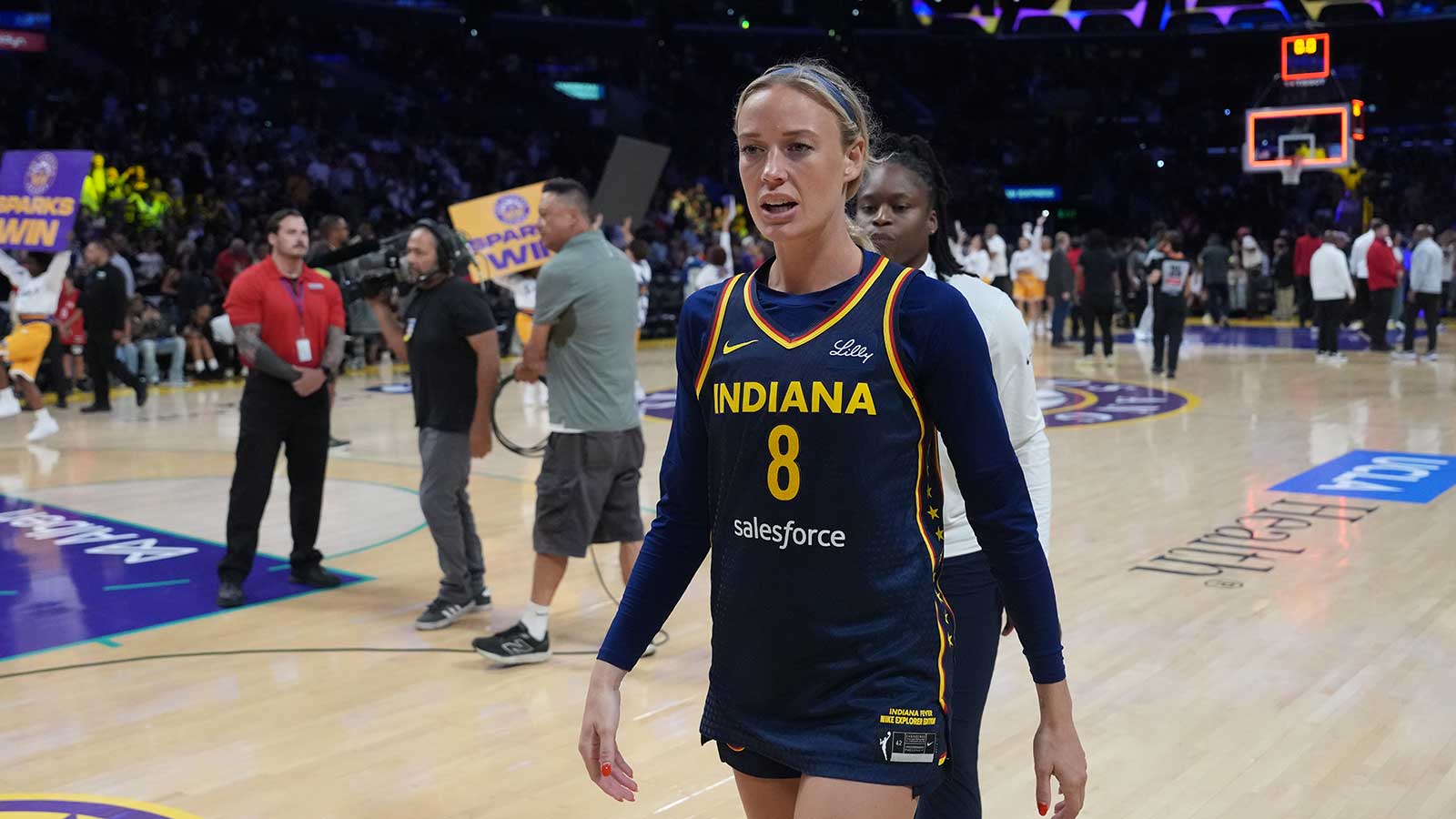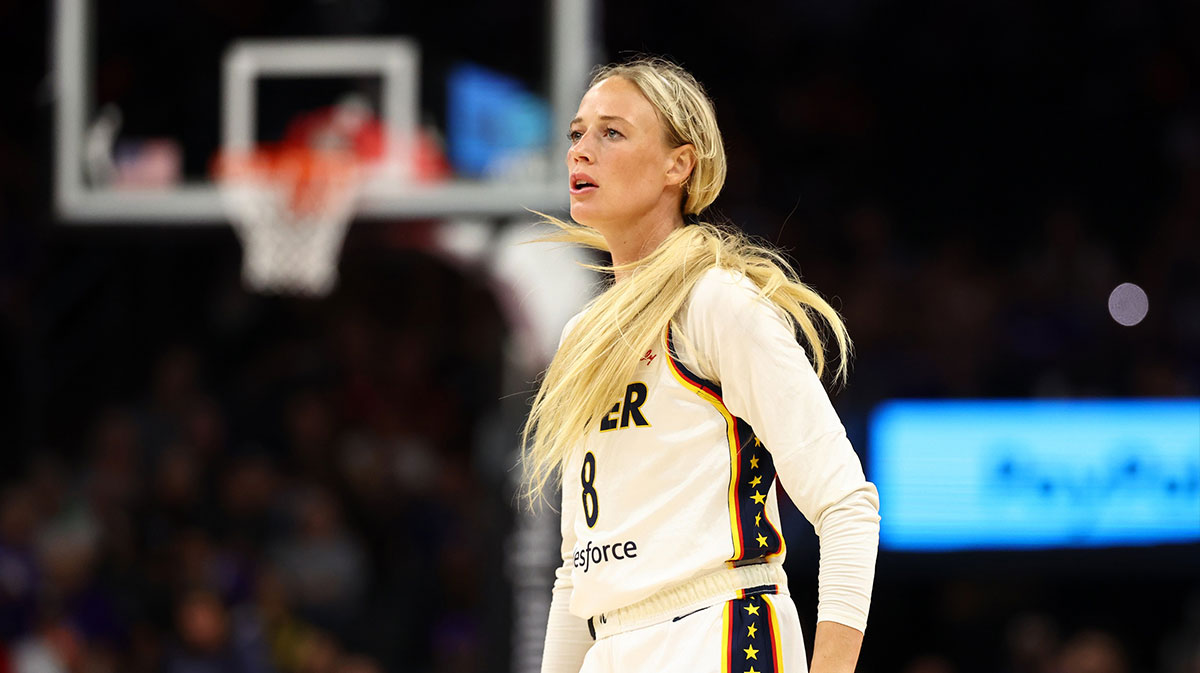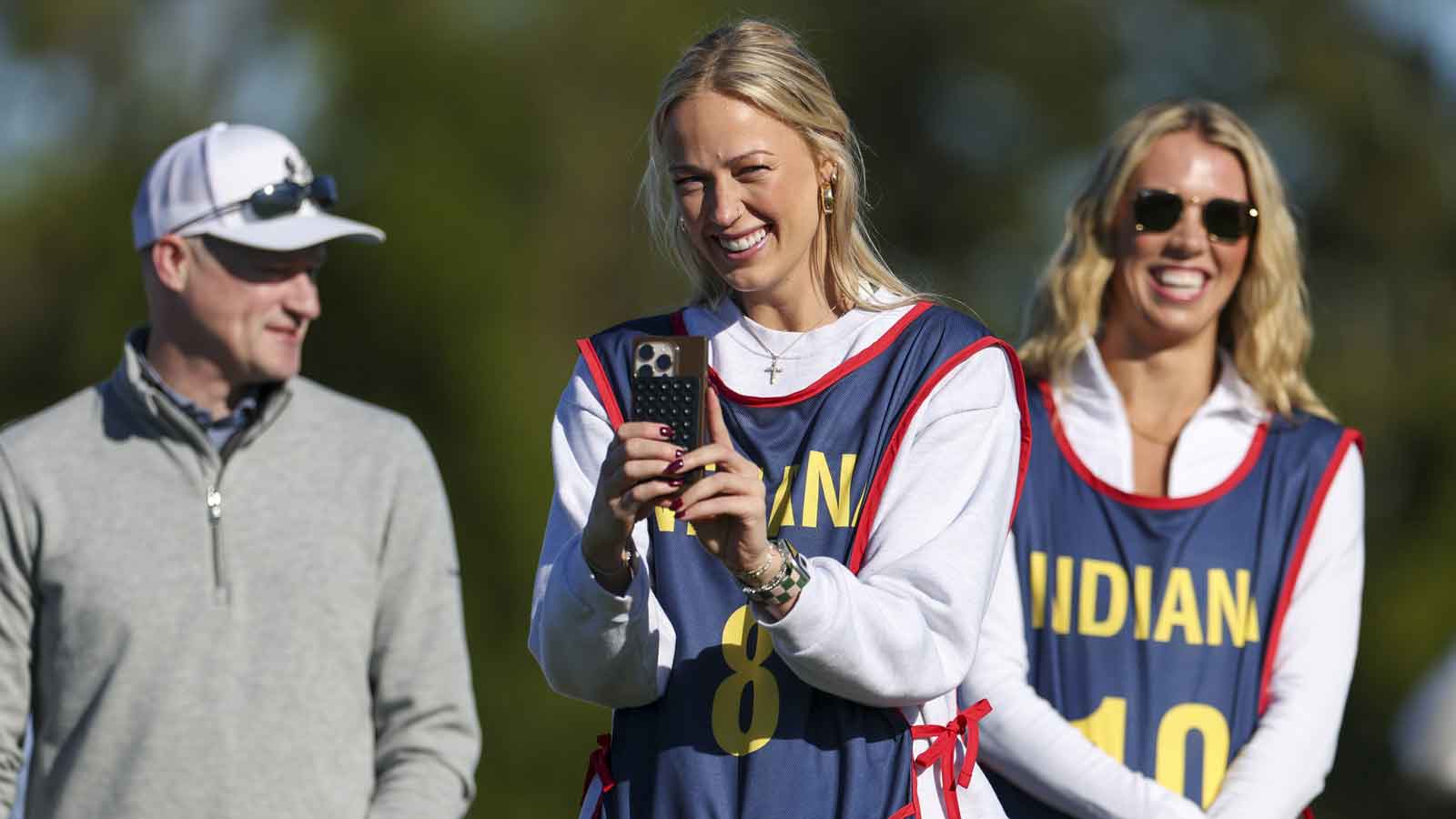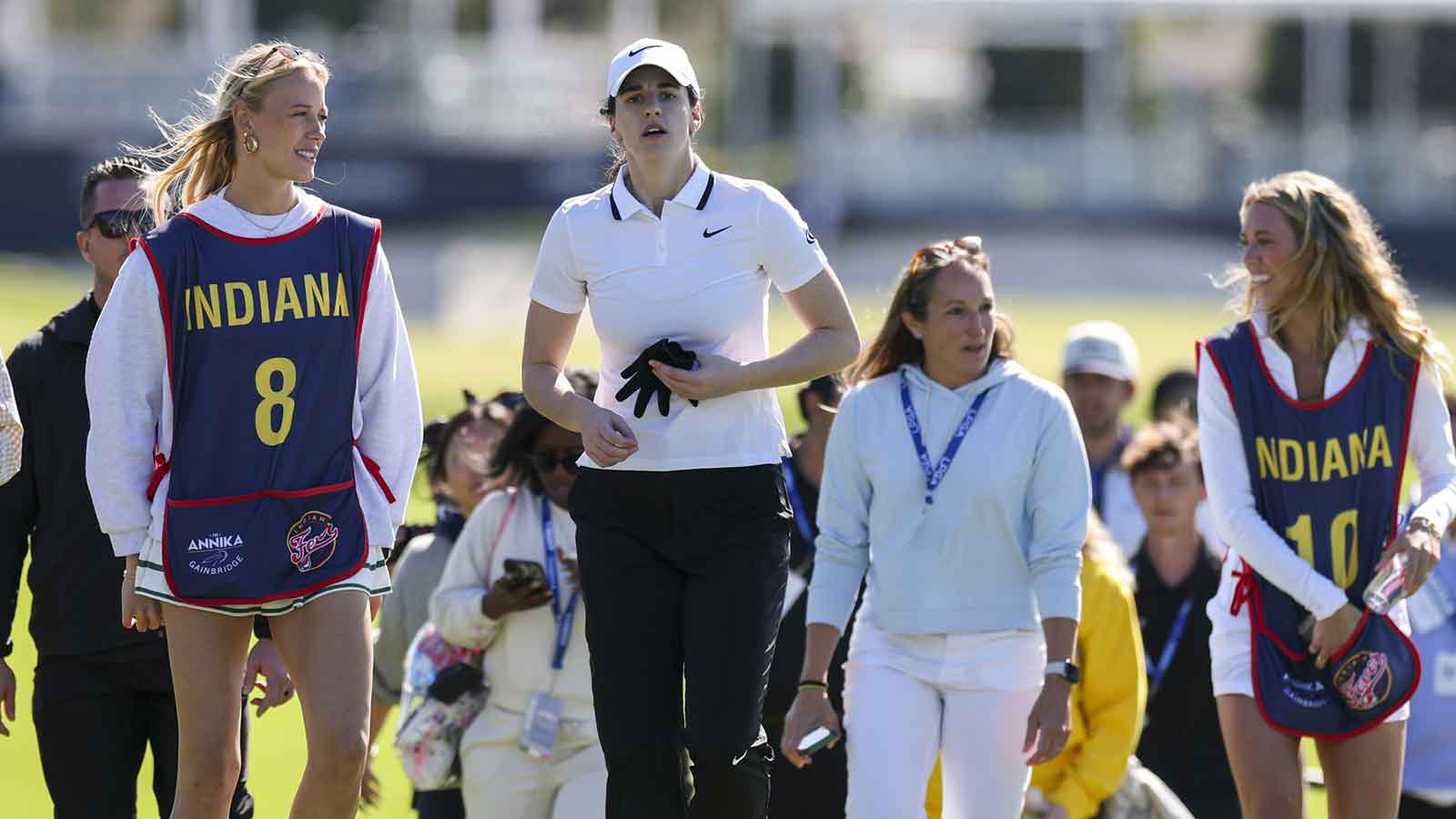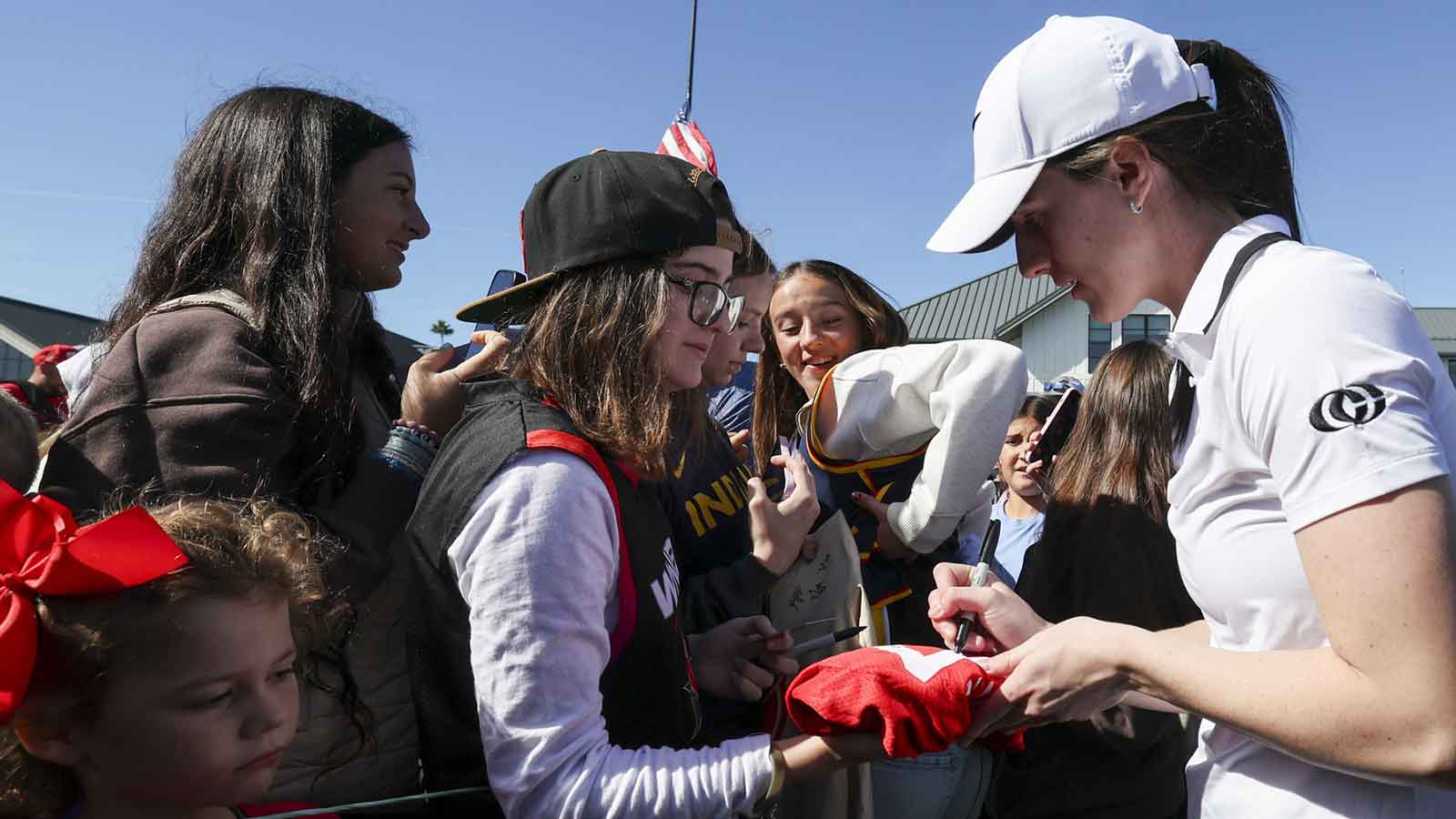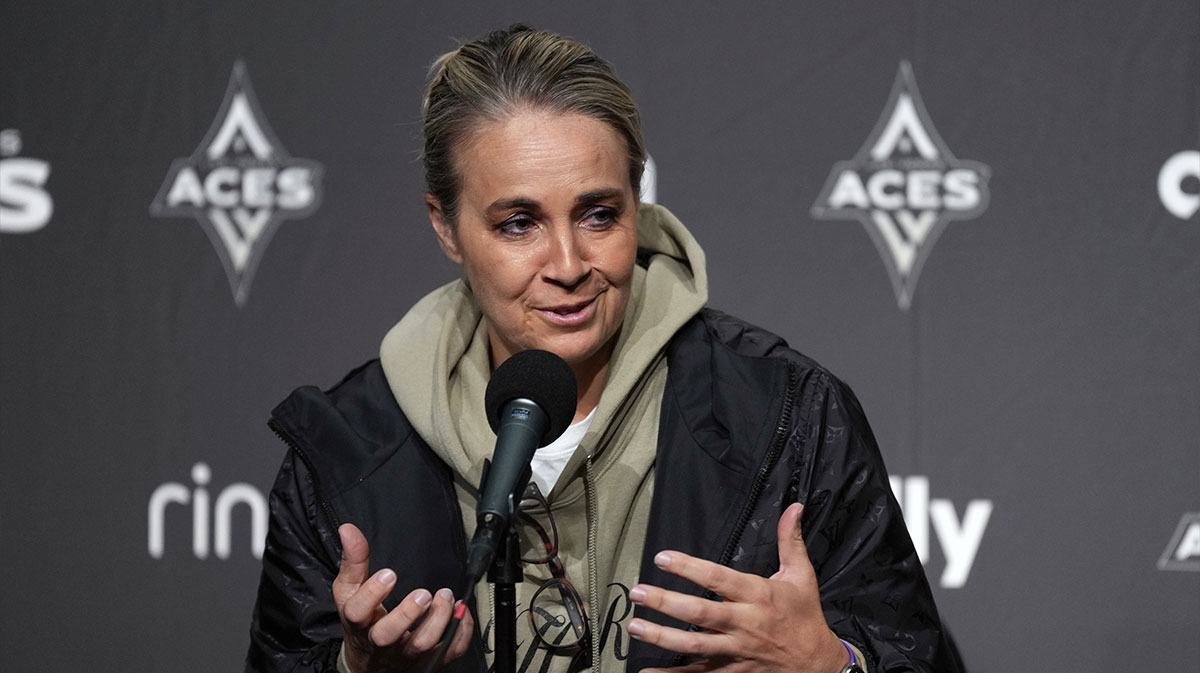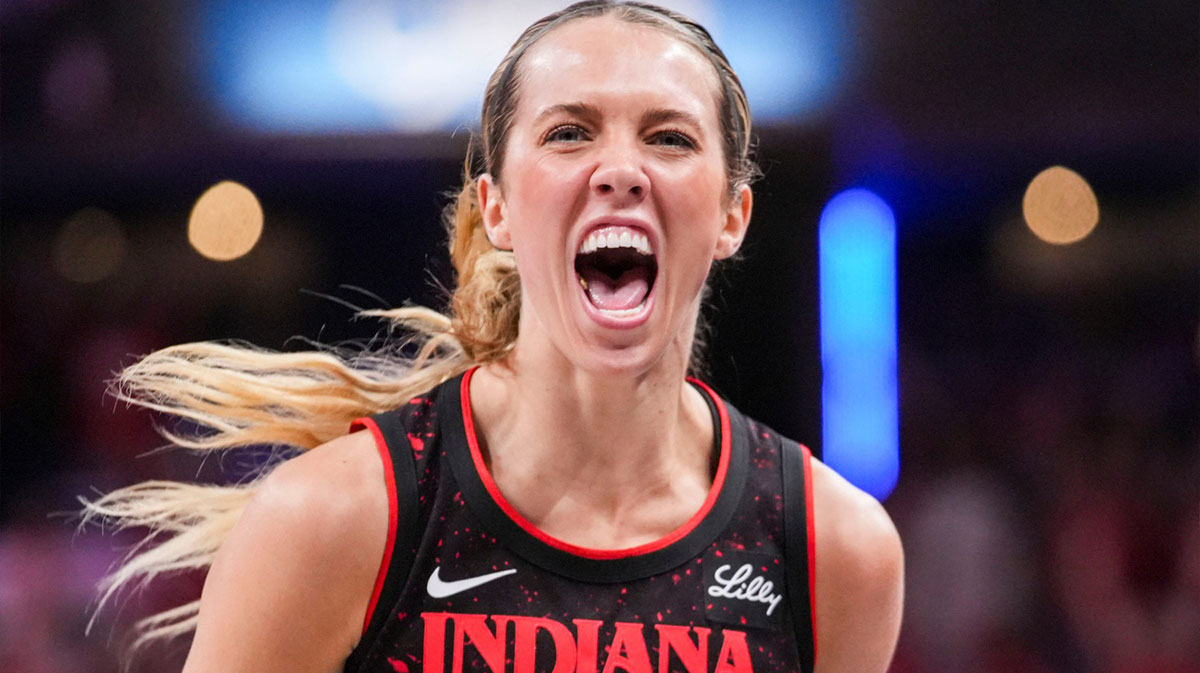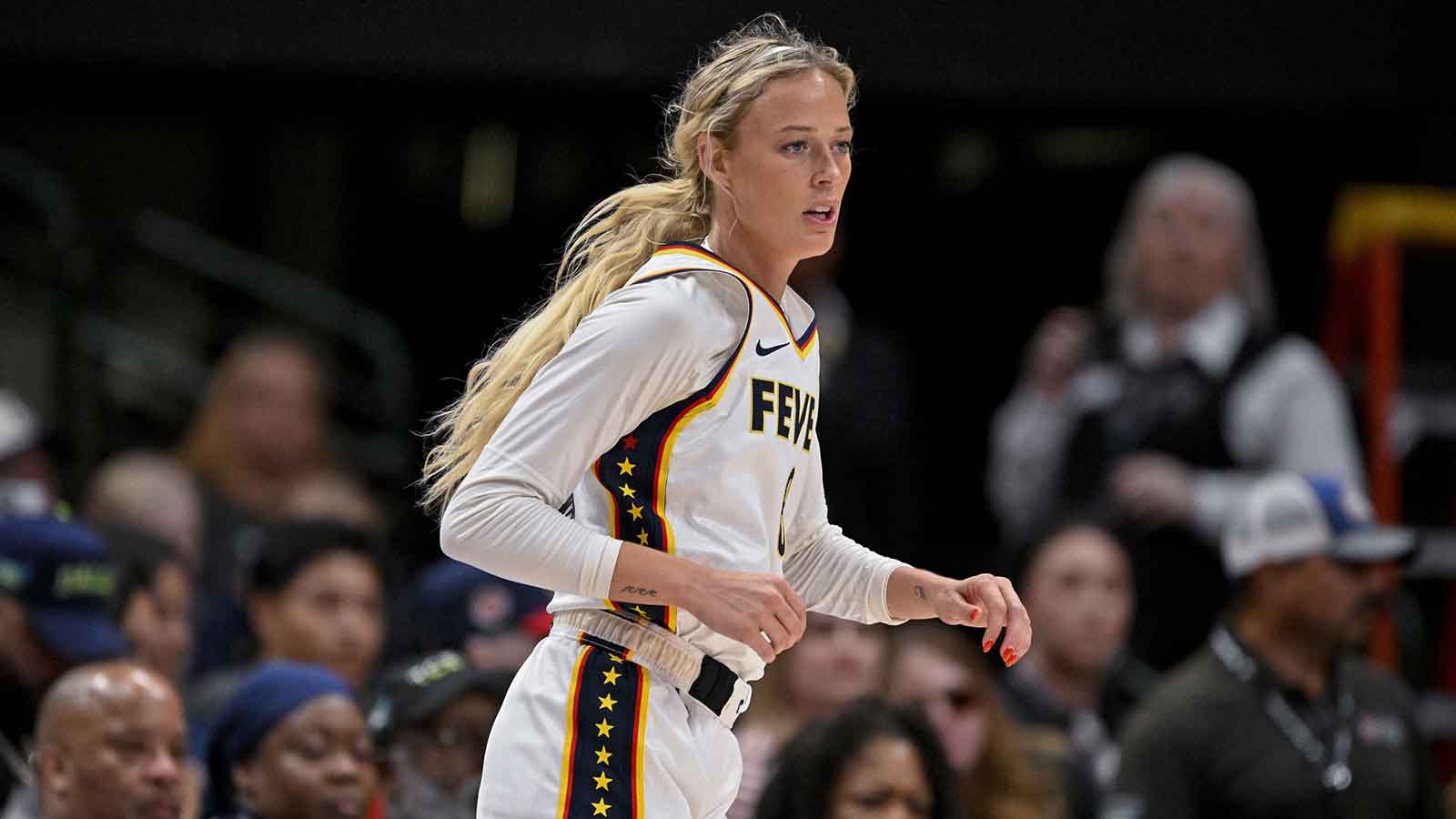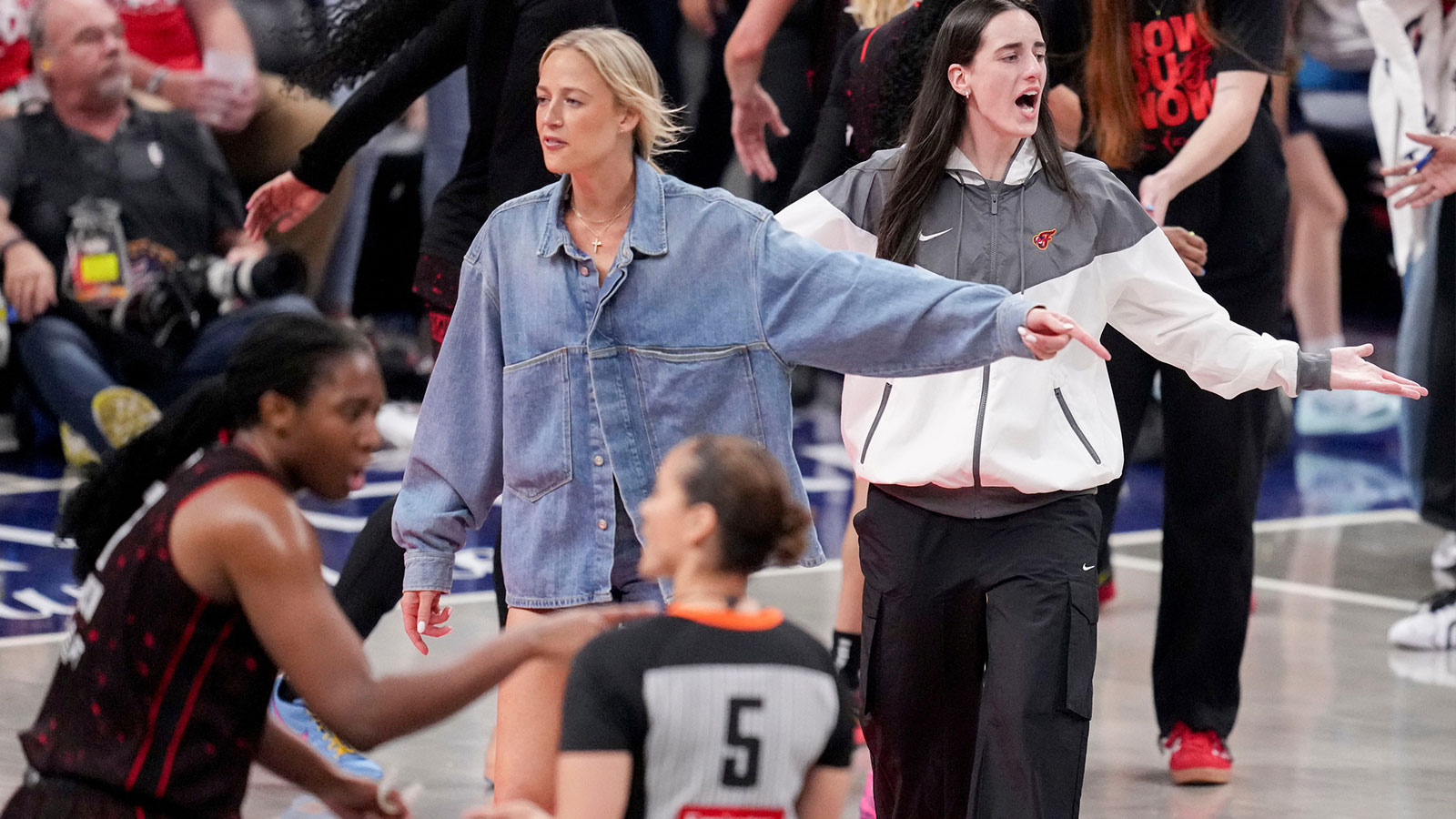The Indiana Fever stand at 18‑15 at this point in the 2025 WNBA season, firmly in playoff contention with just 11 regular-season games remaining, but the path ahead demands both resilience and strategic boldness. The unwavering backbone of this squad has been Kelsey Mitchell, who stepped into the role of a hybrid scorer-playmaker by transitioning from shooting guard to de facto point guard. She most notably dropped 26 points, eight assists, and just one turnover in a recent standout performance.
Mitchell's versatility must remain central to Indiana’s approach, anchoring the offense, relieving pressure defensively, and managing clock management. But with Caitlin Clark sidelined since mid‑July due to a right groin injury and having appeared in only 13 games, the Fever’s backcourt blueprint continues to shift, testing the front office and coaching staff's inventiveness.
The offseason strategy already reflected a savvy blend of experience and fit: adding Natasha Howard, a three‑time champion known for her defensive intensity, and honoring the core designation for Mitchell, locking in one of their foundational scorers. These moves paid early dividends, with defense improving dramatically. Aliyah Boston, now firmly entrenched as a two-way force, has delivered at an All-Star starter level, fueling the Fever’s interior presence with career-high scoring, around 15.5 points per game, and sustained efficiency (54.4% from the field). Her rim protection and rebounding have become critical, especially as the bench endures upheaval due to injuries.
The most emblematic triumph of the season thus far was winning the 2025 Commissioner's Cup, a confirmation that even without Clark, this roster can forge postseason‑style success. But the recent loss of point guard depth after both Sydney Colson and Aari McDonald went down for the season with an ACL tear and broken foot, respectively, poses a daunting challenge, depleting the roster at a crucial position. Indiana responded by signing veteran Odyssey Sims on a seven‑day hardship contract, expecting her experienced hands to steady the second unit and ball-handling duties. However, there are even more moves the Fever could make to solidify the end of their campaign.
— Indiana Fever (@IndianaFever) August 13, 2025
1. Solidify guard depth and offensive leadership
Indiana must look beyond short-term hardship contracts. While Sims provides immediate backcourt relief, exploring trade options or recruiting a high-IQ veteran with familiarity in running a team, perhaps someone from overseas play or recently waived WNBA talent, could stabilize the offense. This would protect Mitchell and the other remaining healthy players from burnout and ensure disciplined clock management, especially in close playoff games where time-wasting and shot selection become critical.
2. Maximize Aliyah Boston's impact on both ends
Boston's two-way prowess is a foundational skill that Indiana could be using even more. The Fever should design schemes that exploit her rim dominance, focusing on setting more pick-and-rolls with ball-handler penetrators like Mitchell or Clark upon return or creating mismatches in the post. Rotations should consistently include Boston and Howard on the floor together to anchor defense and spacing. Boosting Boston’s touches in late-game offensive sets can spark interior scoring, while her presence will deter drives and stabilize interior defense.
The Fever have shown increased intent to involve her in the post with purposeful touches and high-low actions, and defensively, she’s become even more aggressive in switch-heavy schemes and screen coverages. Boston's leadership is reflected in the front office’s decision to extend her through 2026, and she has also earned her third All-Star starter nod. In Clark’s absence, Boston remains the gravitational force, and her two-way dominance demands defensive attention while creating opportunities for her teammates.
3. Leverage team chemistry
Indiana’s early turbulence, from the compressed schedule to a patch of lost games, culminated in a turning point facilitated by team bonding, stable leadership, and mental reset. As the season stabilized, players at all levels embraced their roles. White’s culture of transparency and collective accountability continues to resonate, and that culture was visible in their Commissioner’s Cup run and on recent win streaks. Even without their full roster available, the Fever have played united and unlocked potential through selflessness and mutual trust.
The Cup win proves Indiana possesses cohesion and defensive identity even without Clark on the court. To turn that confidence into a trend, the coaching staff should reinforce defensive communication, switching principles, and pressure rotations that defined the Cup run. Maintaining a defensive-focused identity paired with high-effort rebounding and transition play could overwhelm complacent opponents. Additionally, the mental edge from winning catalyzes self-belief: Head coach White should lean on that positivity in post-practice huddles and team meetings.
4. Keep Caitlin Clark on the sidelines as long as possible
Clark is irreplaceable — her pace-setting playmaking, attractor-of-crowds effect, and two-way engagement on the bench are motivational. That said, rushing her back risks worsening the groin injury. The team must allow a gradual return, perhaps opting for a limited minutes reintroduction over an extended starter-level load.
Her recovery has been frustrating mentally and physically, as she openly shared on Sue Bird’s podcast, but White’s long-game approach is clearly focused on avoiding re-injury and preserving her long-term career. Meanwhile, Clark has embraced a leadership role off the court, keeping herself involved as a semi-assistant coach, staying vocally engaged during games, and buoying morale on the bench.
A light starter-bench combination could calibrate her minutes while also preserving her attitude and sideline leadership, as displayed recently, fueling an emotional impact on her teammates. Emphasizing her role as a “coach on court” until full strength both leverages her leadership while reducing physical risk.
5. Lean into defensive intensity
As the postseason looms, the Fever must prepare for facing elite Eastern Conference offenses the likes of the Atlanta Dream and New York Liberty. Leaning into Howard's championship pedigree and Boston's rebounding for physical games in the paint will blunt such attacks. On the wings, Sophie Cunningham and Lexie Hull should be drilled on one-on-one defense and recovery. Enhancing communication to avoid mismatches and late rotations is vital.
Indiana’s defense has transformed from a liability in 2024 to a core strength in 2025. They’ve climbed from 11th to eighth in the league in defensive rating, improving by seven points per 100 possessions — the 15th-highest defensive leap in WNBA history. Under White, defensive expectations have materialized, emphasizing effort, ball pressure, assignment discipline, and team-wide cohesion even from players not renowned for defense.
Notably, the Fever have ramped up full-court pressure and switching on screens. Measures like pick-up distance have improved dramatically, and the team has anchored switching schemes and rim protection. This systemic shift into a high-IQ defensive culture now acts as the foundation of their identity.
6. Manage player fatigue and rotations carefully
With Clark out and backcourt thin, key players like Mitchell and Boston carry heavy minutes. Rotations must expand. Players like Chloe Bibby and rookie Makayla Timpson can offer bursts of energy. Incremental seasoning for new team members, particularly Timpson, could pay off in some added freshness while preserving veterans. If possible, even a desperate signing for a shooting wing or combo guard could boost depth.
Clark, Colson, and McDonald all missing extended time leaves Indiana’s rotation compressed, but coach White can distribute minutes more judiciously. To prevent wear and tear down the stretch, rotation expansion is essential, particularly for big minutes players like Boston and Mitchell, so they arrive healthy for the playoff push.
7. Use national broadcast exposure for motivation
Indiana plays a record 41 nationally televised games, a franchise high, propelling exposure and brand traction. Use this spotlight to elevate team confidence. Embracing the “most‑watched team in the WNBA” mantle can rally fan support and create energy in home playoff games. Amplifying game-day hype and home-court intensity should be an emotional lever during the final stretch.
Even without Clark’s frequent availability, the team remains compelling thanks to defensive grind and player unity. Each broadcast opportunity becomes not just exposure, but a chance to reshape the narrative: A young, resilient squad overcoming adversity. The Fever should lean into this positivity, using national platforms to highlight their evolving defensive identity, team culture, and frontcourt dominance while ensuring emerging storylines stay front and center, even when Clark is sidelined.
By executing a measured, multifaceted plan, the Indiana Fever can transform adversity into opportunity. Strengthening backcourt depth, sustaining Boston and Howard’s two-way dominance, prioritizing controlled return for Clark, properly managing the rotation, and preserving the team's defensive identity are a solid blueprint to start with. Paired with White’s steady leadership and the intangible momentum from their winning streaks without Clark, these moves could propel the Fever into a deep playoff berth and potentially deeper than even they expected.

